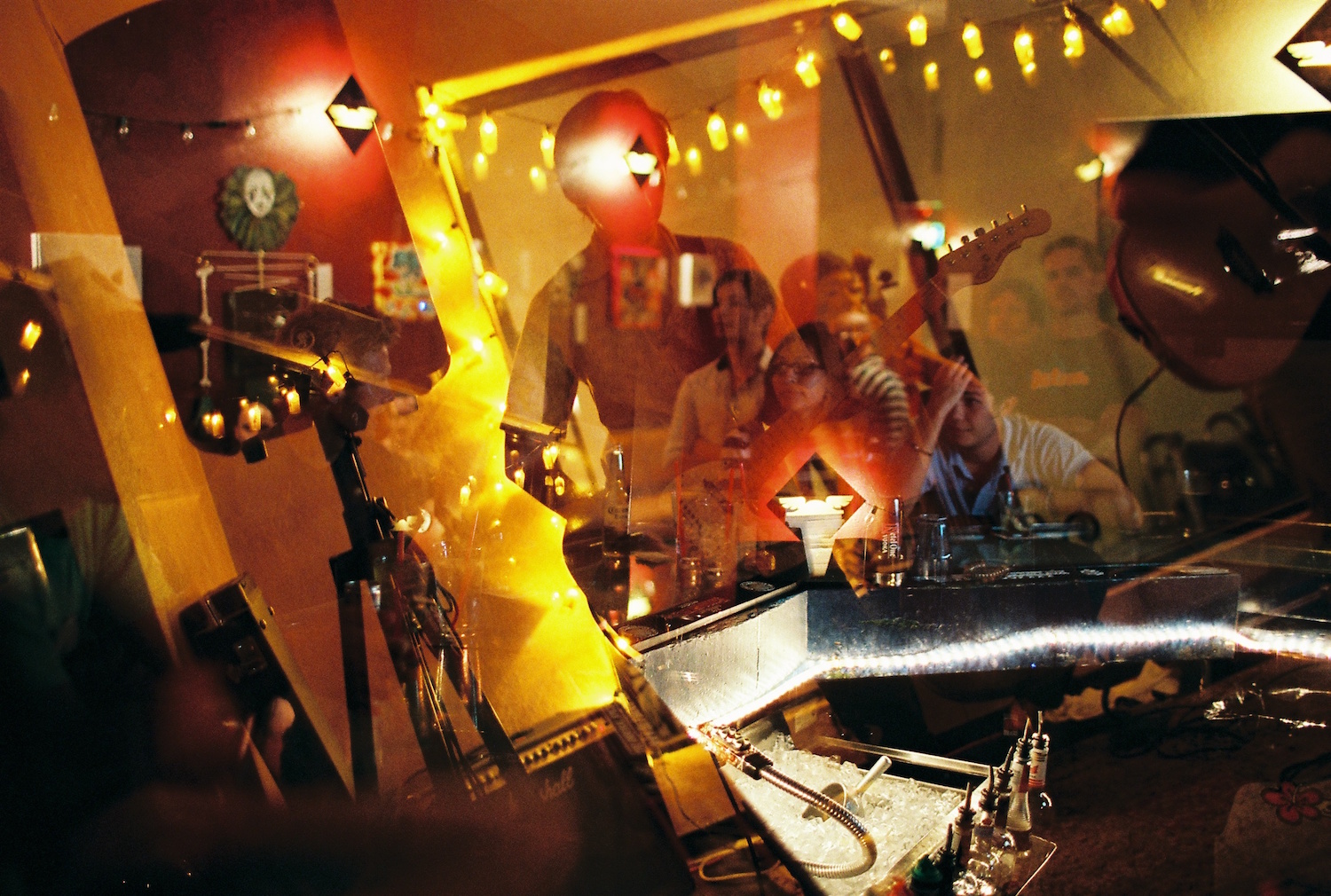In the digital age, concerts remain a powerful way to connect to bands and each other.
When I was 13 years old, I used a handful of quarters to pay my way into Coffee Talk to see a little-known punk band from Seattle. The lead singer screamed words into a microphone, flailing his arms and jumping from a barstool into a sea of hands barely ready to catch him. Waiting to hear what this band would come up with next gave me a feeling of nervous anticipation.
That night in 2007, I fell in love with the raw, unfiltered energy that filled and spun around the room. I grew up craving that energy again, saving any dollar I could for concert tickets and CDs.

Today, such experiences occur as quickly as one can type, and at little to no cost. Through social media, and on music apps like Pandora and Spotify, listeners can discover new music the moment it’s released. Although this aspect of the digital age has helped new artists gain exposure on a large scale, it has also squeezed the live music experience.
Josh Hancock, the frontman for Hawai‘i bands 86 List and Black Square, and a promoter in the Honolulu music scene for the better part of two decades, has seen this directly. Before the tides changed, “We would wait weeks, sometimes months, to see a band play and be so psyched about it,” Hancock says. “Going to the show now, you’re seeing something you could tap into at any time.”
Despite the change in listening habits, Hawai‘i’s music community remains committed to providing opportunities to experience live music. On any given night, one can find live performances in Honolulu, from jazz at Lewers Lounge to reggae at Mai Tai Bar to punk rock at Downbeat Lounge or Hawaiian Brian’s.
“Music, especially live music, is important for people,” says Philip Pendleton, co-founder of BAMP Projects, one of the largest concert promotion companies in the state. “I went to a lot of live shows growing up, and I think it’s important for people to experience that. … You can stream a performance online, but it’s not the same as when you’re at a concert, standing in a room full of people where everyone shares one common interest—the band you’re waiting to see.”

Along with partner Matty Hazelgrove, Pendleton has been bringing live shows to Hawai‘i with BAMP for the last decade. In 2006, for BAMP’s first promotion, they had a wildly successful concert with Steel Pulse at the Waikiki Shell, selling 4,000 tickets the day of the show.
From this, Pendleton and his partners realized the hunger island residents have for live music. They brought out Hawthorne Heights a short while later, and after their set, Pendleton recalls the band remarking that it was the best show they had ever played, second only to their hometown crowd. “And that happened for years,” Pendleton says. “People were crowd surfing at Deathcab for Cutie in 2012. People hadn’t crowd-surfed at a Deathcab for Cutie show in like a decade.”
BAMP Projects programs nearly 100 shows per year, oftentimes at the Republik, a venue it acquired in 2012. Its concerts have included a wide range of artists, from legacy acts, such as Tony Bennett and The Cure, to chart-toppers like Chance the Rapper and indie bands like Toro y Moi.
Concerts, Pendleton says, are important because they yank us from virtual worlds and connect us to each other. Hancock agrees. “You can hear a studio track, or watch a live recording on YouTube, but it’s not like being there in that moment,” he says. “It can’t replace the raw energy, that feeling you get when you’re watching it all happen.”

